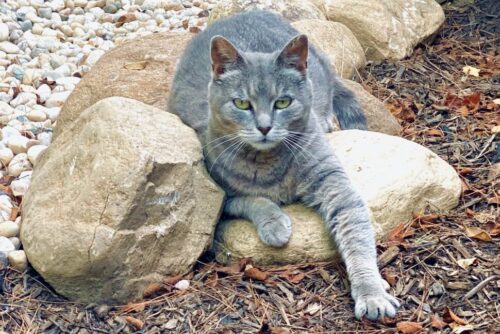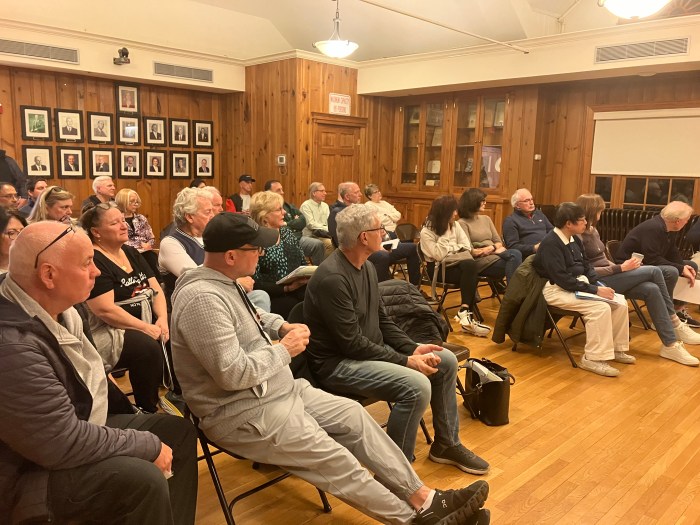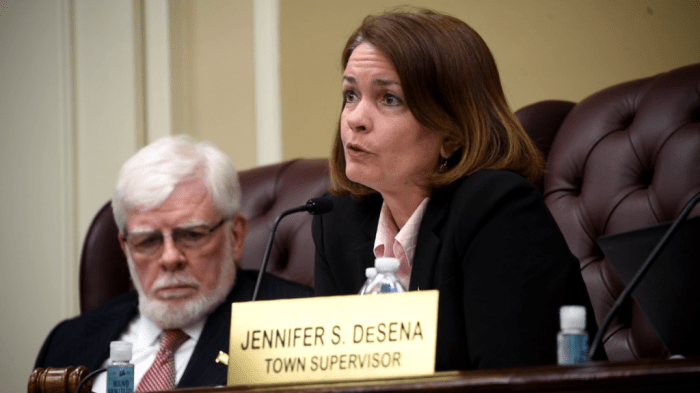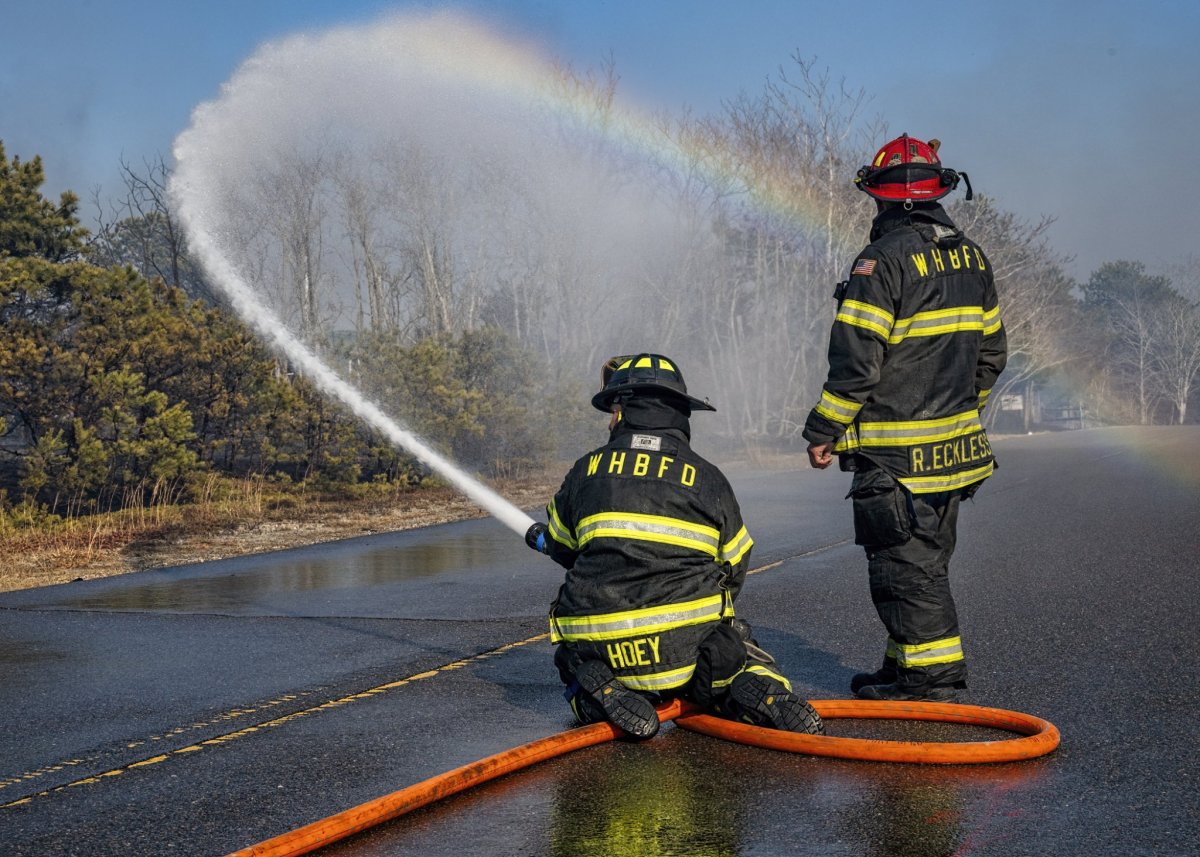At the latest Town of North Hempstead board meeting, the town made an agreement with a local vet, adding a voucher program to its roster of spay and neuter options. The Town also offers a once-a-month free clinic for spay, nueter and release (TNR), in which residents can trap and bring a feral cat to Helping Paws for treatment. They also maintain a contract with All About Spay Neuter, which is full service – a person calls and they will come trap the cats, treat them, and return them to where they were trapped.
This is great news for individuals who have been advocating for both the programs and a Town cat shelter, and of course, for the cats of the Town of North Hempstead. Spring and summer are the height of kitten season, making this work critical to control cat colonies in our area.
But feline advocates are calling on the Town for a cat shelter, which—unlike neighboring towns—North Hempstead does not have. Cat lovers say it is time for North Hempstead to provide one. A group of dedicated advocates has been holding protests outside town hall, demanding that the town provide a cat shelter. One of these diehard protesters is Stuart Kroll, who has been petitioning the Town of North Hempstead on behalf of neglected cats for years.
“(If) I try to trap cats tomorrow, there’s no guarantee I’m going to get them. The weather could be bad, or they could just not be there. There are 8 million things that can happen that will not enable you to be successful. But if I were living in Hempstead, then if I didn’t catch them today, I could catch them tomorrow and take them in.” Kroll said. One way to combat this is to have more vets available to perform the surgery. Another is to offer the surgery more frequently, allowing them to service more cats and better keep populations in check.
Kroll stated that the Town of North Hempstead is the only town that does not provide a place for cats, whether through a town-funded shelter or a partnership with an existing organization. “One option is that they could build just a cat shelter by itself. Another option is they can decide to let cats go into the existing dog shelter. The other option is they can basically do what the Patricia Ladew Foundation did, which is buy a house, a residential house, and convert that into a cat shelter.”
As previously reported by Anton Media group, the small Town of Shelter Island also does not have a cat shelter. Other towns either have a place for cats in their shelters or contract with non-profit animal welfare groups to handle cats. Money is available from the state government for shelter improvements through the Companion Animal Capital fund. Kroll stated that that money could go towards a new joint dog/cat facility. This would allow the current staff to also care for the cats, alleviating some of the financial burden. He also pointed out that the town recently installed a new HVAC system at the dog shelter, showing their commitment to that facility.
Rather than being a place to bring feral cats and warehouse them inside, a cat shelter would provide housing for cats who had previously been pets, who, for whatever reason, are no longer in that person’s care. Kroll stated that there seems to be a misunderstanding as to the purpose of a cat shelter.
“People are under the misapprehension that a cat shelter is going to get overwhelmed with feral cats. That’s not the purpose of a cat shelter…the cats there are going to be socialized cats that are taken in for emergency purposes; for example, because somebody’s either taken ill or died, or there’s some emergency in the family, something along those lines.” Kroll said. Rather than becoming “residents,” feral cats would only pass through when they needed care. Ideally, the shelter would have space for both adoptable animals and ferals receiving medical treatment. Kroll stated his estimates put the need around 60-80 cats.
Feral cats typically cannot be socialized to live with people, although there are exceptions such as kittens and some adults who have become acclimated to human interaction. A cat shelter could house ferals temporarily if they need medical care and while they are being monitored after being spayed. In the Town of North Hempstead, female cats who are fixed as part of the TNR program are not provided with a place to recover after the surgery. The individual who trapped them is usually expected to house them for the recovery period.
Monica Gould is the head of Furever Felines, a foster-based cat rescue that takes in kittens and friendly cats in Manhasset, Great Neck, Port Washington and Roslyn. Over the last 15 plus years, her team of volunteers has rescued and rehomed more than 700 cats.
Gould stated that all the surrounding towns and municipalities have programs and shelters in place to help cats.
“The Town of Hempstead TNR program runs five, six days a week. They take in every friendly cat, and every cat that is brought in is put into their adoption program. Town of Oyster Bay has much smaller shelter and they do five days of TNR appointments a week; it’s free. And they will take friendlies, they will take pet surrenders. So everybody has something except for Town of North Hempstead,” Gould said.
As a foster-based organization, it is difficult for Gould to find people to care for the cats while they are waiting for new homes. Most people can only foster one cat at a time, but kittens who aren’t ready for adoption should stay together. Additionally, most require some kind of ongoing medical care until they are healthy enough to be neutered and then move on to their adoptive families. Many fosters also “foster fail” where they fall in love with the cat they are caring for and end up adoption. This makes finding new foster homes a constant. Having a Town shelter would alleviate this burden and allow more cats to find homes.
Gould pointed out that a town shelter is helpful for everyone, from rescuers to residents, and especially, the cats. “A friend of mine is a trapper for the Town of Oyster Bay. She has been bringing a litter a week. By the time she brings the new litter in, the prior litters have homes. Oftentimes, people look to adopt from a shelter first, and it’s a lot harder for rescues to find the right home.”

































